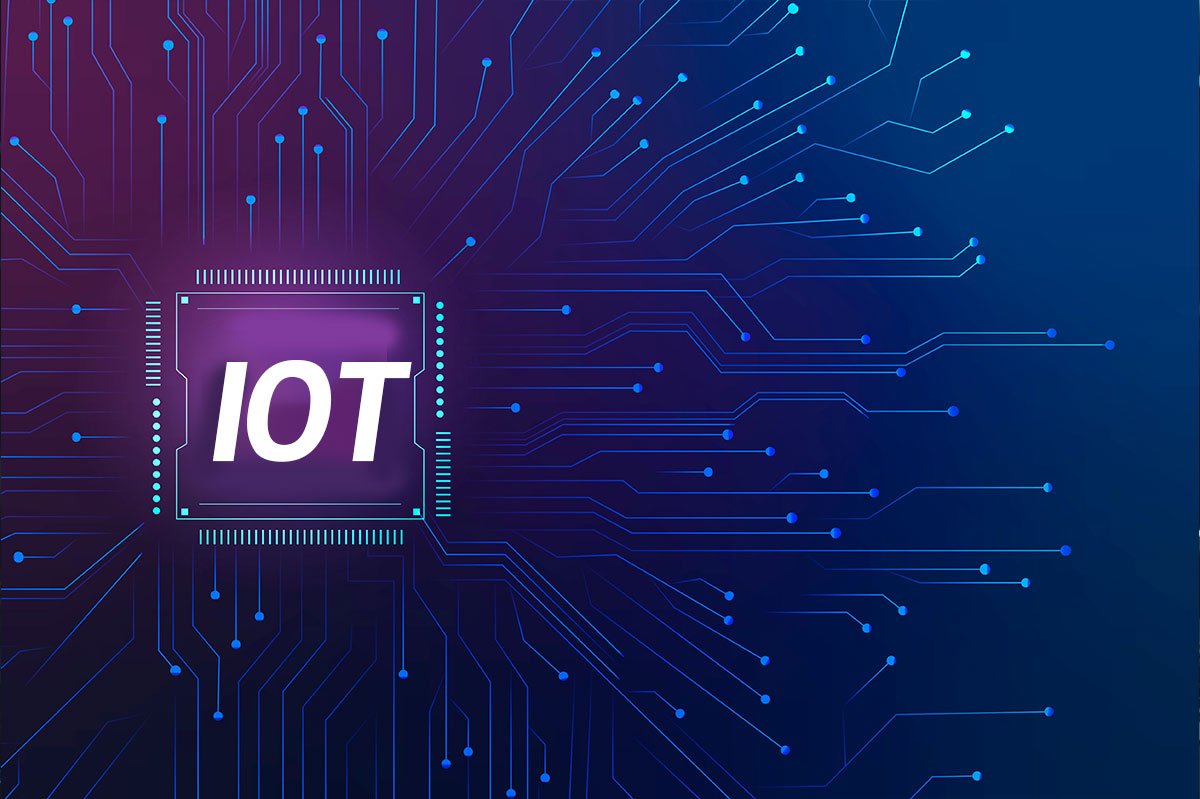A Complete Guide to the Internet of Things
Introduction
From smart thermostats to connected cars, the Internet of Things (IoT) is transforming the way we live, work, and interact with technology. But what exactly is IoT, how does it work, and why is it such a big deal?
In this blog, we’ll break down the concept of IoT, explore its real-world applications, and discuss the benefits and challenges it brings to both consumers and businesses.
What is IoT (Internet of Things)?
The Internet of Things refers to a network of physical devices embedded with sensors, software, and connectivity that enable them to collect and exchange data with other systems over the internet.
These “smart” devices operate without human intervention and can monitor, analyze, and act on data in real-time.
How IoT Works
IoT operates through a four-stage process:
-
Sensors/Devices – Gather real-time data (e.g., temperature, motion, location).
-
Connectivity – Transfer data via Wi-Fi, Bluetooth, 5G, or other networks.
-
Data Processing – Cloud or edge computing platforms analyze the information.
-
Action – The system takes action or sends alerts based on insights (e.g., turning off lights, sending notifications).
Examples of IoT in Everyday Life
-
Smart Homes: Voice assistants, smart lighting, security systems
-
Healthcare: Remote patient monitoring, fitness wearables
-
Automotive: Connected cars, predictive maintenance
-
Retail: Smart shelves, inventory tracking
-
Agriculture: Soil sensors, crop monitoring systems
-
Industrial IoT (IIoT): Smart factories, predictive machinery diagnostics
Benefits of IoT
IoT offers countless advantages across industries:
-
Efficiency: Automates routine tasks and streamlines operations
-
Data-Driven Insights: Real-time monitoring and predictive analytics
-
Cost Savings: Reduces energy use, waste, and downtime
-
Improved User Experience: Personalized and responsive services
-
Enhanced Safety: Real-time alerts for hazards or faults
Challenges of IoT
Despite its benefits, IoT faces several challenges:
-
Security & Privacy: More devices mean more attack surfaces
-
Data Overload: Managing and analyzing massive amounts of data
-
Connectivity Issues: Network dependence for smooth operation
-
Interoperability: Different devices may not communicate effectively
-
Compliance: Varying data regulations across regions
The Future of IoT
IoT is rapidly evolving. In the coming years, expect advancements in:
-
Edge Computing: Processing data closer to the device
-
AI + IoT (AIoT): Making IoT systems smarter and autonomous
-
5G Integration: Faster and more reliable device connectivity
-
Smart Cities: IoT-powered infrastructure, traffic, and energy systems
-
Blockchain for IoT: Enhancing data security and device identity
Conclusion
The Internet of Things is more than just smart gadgets—it’s a digital ecosystem that’s redefining efficiency, productivity, and human experience. As IoT continues to expand, businesses and individuals alike must prepare for a hyper-connected world that’s constantly learning and evolving.
Whether you’re a tech enthusiast, entrepreneur, or business owner, now is the time to explore how IoT can empower your goals and revolutionize your operations.











Leave a Reply